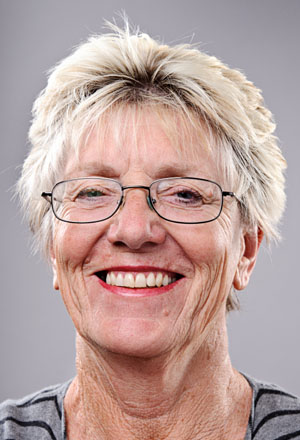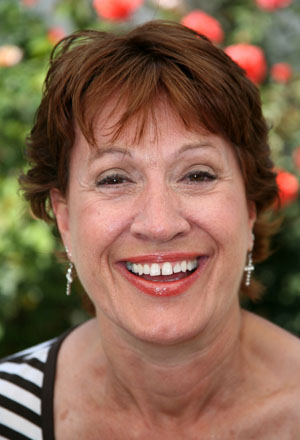“In Britain and America, the lesson is clear. Fighting populists might be like wrestling with a pig – you both get dirty, but the pig likes it – and yet it has to be done. The alternative is to see our democratic way of life snuffed out while we watch and wait and do nothing.” Jonathan Freedland
Jackie Longworth muses on how the UK democratic system evolved to what it is now and the threats it faces.
At one time there was no democracy, the Monarch was all powerful. ‘Advice’ from a small Council of land-owning men started to be sought by William 1, but it was not until 1215 that King and Council agreed to put limits on the King’s powers through the Magna Carta. From that time, the Monarch has only been able to raise taxes by the agreement of the Council, later the parliament. The balance of power shifted towards the Council from the sovereign gradually, but this still was not democracy in any sense as the Council were self-selected men of power and wealth (Lords) who frequently fought for supremacy within their ranks. It was not until 1295 that the first Parliament with local representatives (commoners) was adopted, albeit those representatives were knights and burgesses and it is not clear how they were selected. It was the Monarch that summoned parliament, sometimes without the ‘commons’ and the relative influence of parliament depended on the strength of the Monarch. The ‘commons’ first sat separately from the ‘lords’ in 1341 (they became known as the House of Lords and the House of Commons from 1544). The sharing of law-making powers between Monarch and Parliament was established when the King needed finances to pursue the Hundred Years War and had tried to circumvent the commons’ wishes.
The principle of electing the members of the commons was formalised by the establishment of a franchise to men who owned freehold property worth forty shillings or more, in 1430. The ballot was not secret and was frequently heavily influenced by grandees and supporters of the Monarch. It is arguable that the balance of power in England remained with the Monarch and Lords until the rebellions against the Stuart Kings in the 17th Century. During the eleven year English Republic the Commons demonstrated that it could govern without a Monarch or the Lords if it was so minded. It established the position of Head of State, then titled the Lord Protector of the Realm. The revolutionary events of the period took place in the name of parliament. However, the members of the commons at that time had been purged by the republican army to exclude all those thought to be Royalists, so again the extent of ‘democracy’ at play is doubtful. After Cromwell’s death a counter revolution by Royalist forces led to the purge being reversed and eventually to the restoration of the Monarchy to Charles II, which could thus arguably be construed as a more democratic decision than the beheading of his father!
The 1689 Bill of Rights lawfully upheld the prominence of parliament for the first time in English history. It was enacted by Parliament following further years of a power struggle between Monarch and Parliament (leading to an invitation to invade England) as a result of which William and Mary were placed on the throne by Parliament. The Bill of Rights lays down limits on the powers of the monarch and sets out the rights of Parliament, including the requirement for regular parliaments, free elections, and freedom of speech in Parliament. The Coronation Oath Act 1688, under which William and Mary were crowned, laid down that Monarchs should swear to "solemnly promise and swear to govern the people of this kingdom of England, and the dominions thereunto belonging, according to the statutes in parliament agreed on, and the laws and customs of the same", for the first time recognising that laws were made by Parliament, not the Monarch. These events marked the beginning of the English constitutional monarchy and its role as one of the three elements of government. It was not until the 20th Century that changes to the House of Lords changed the balance of power more closely to the House of Commons and began to further constrain the role of the Monarch. Today, the Monarch is represented by ‘Her Majesty’s Government’, meaning the Executive led by Ministers of the Crown. Arguably, the role of the Executive is constrained by the law which constrains the role of the Monarch.
As has been noted above, the long history of the establishment of the role of the Commons in government did not of itself lead to full democracy. The franchise was limited and the distribution of seats did not keep up with changes in the distribution of the population, particularly during the industrial revolution. In many places the candidates were selected by powerful vested interests, such as local employers, and the votes were made in public. Before 1832 only about 25% of seats were even contested. There were numerous public outcries and civil disruption as the population became more educated and had access to communications, including the press. Whilst the Great Reform Act of 1832 corrected some of the democratic anomalies, the franchise was still greatly limited and the vote was still public. It did not quash the desire for further reform; by 1884 still only a quarter of the male adult population had a vote, though secret ballots and the criminalisation of corruption were introduced. Extension of the franchise to all men and women had to wait until the 20th Century and required yet more rebellion and disruption, notably by women.
What the history suggests to me is that the role of a representative parliament in our governance has been hard won and should not be overturned lightly. The power balance between the privileged and the rest is bound up in laws which establish a delicate balance; not necessarily a ‘written constitution’ but nevertheless under-pinned legally. However, the system has its downsides as is shown when overwhelming majorities are won by powerful vested interests determined to rule without accountability. The system as currently run also suppresses feminist voices.
The views in this article are those of the Author.











